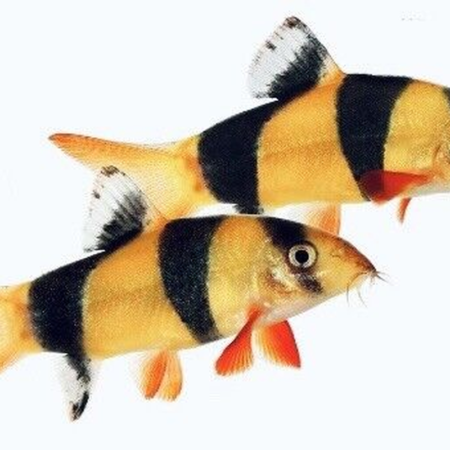-
×

-
×

-
×

-
×
 Golden Eyes Vampire Crab - Geosesarma Sp. - Decapod Crustacean
1 × £8.71
Golden Eyes Vampire Crab - Geosesarma Sp. - Decapod Crustacean
1 × £8.71 -
×

-
×

-
×

Subtotal: £113.22












Jessica Carter (verified owner) –
I recently introduced Mahnert’s Loach (Schistura mahnerti) into my 55-gallon freshwater tank, and I couldn’t be happier! These small fish are not just adorable, but they play a crucial role in keeping my aquarium clean as avid algae eaters. Within a week, I noticed a significant reduction in algae growth, allowing my plants to thrive beautifully. The loaches are quite social and active, often seen darting around, which adds so much life to the tank. I’ve tried other loach species in the past, but Mahnert’s Loach truly stands out with their unique, vibrant patterns and engaging personalities. One minor concern is that they prefer a well-planted tank with hiding spots, so ensure you provide enough cover. Overall, I highly recommend these freshwater fish for anyone looking to enhance their aquarium’s ecosystem or simply add some lively characters to their home. They are perfect for community tanks and can coexist with a variety of other species. I will definitely be purchasing more in the future!
Emily Carter (verified owner) –
I recently added Mahnert’s Loach to my community aquarium, and I couldn’t be happier! These delightful little freshwater fish are not only stunning to look at with their striking patterns, but they’ve also been a fantastic algae eater. After just two weeks, I noticed a significant reduction in algae growth, which has made my tank much healthier and more aesthetically pleasing.
I appreciate that they thrive in various water conditions, making them an ideal choice for beginners like me. Compared to other loaches I’ve had, Mahnert’s are much more active and sociable, often darting around and exploring their environment. It’s clear they have a playful spirit!
One minor issue I encountered was their quick hiding behavior when I first introduced them; however, after a few days, they became more comfortable and now happily swim in the open. I highly recommend Mahnert’s Loach to anyone looking to enhance their aquarium’s health and beauty, especially if you have a community tank. They truly bring joy and life to the space! I would definitely buy more in the future.